The modern pace of technological advancement has made stats all the more important in selecting the right product at the right cost. When it comes to electric bikes, there are quite a few of these numbers to keep in mind before purchasing.
In most cases, consumers will assume the higher numbers are better, and that’s a reasonable rule of thumb, but will they be worth the investment? What do the numbers really mean?
Understanding electric energy can be difficult, but as consumers, we don’t need to master the understanding, just have a grasp of how they impact our usage. Ultimately it all comes down to energy – specifically, the storage and conversion to propulsion of energy.
E-bike Power Is Measured In Watts

With an e-bike, Watts are the measurement of the potential power the electric motor can generate. The higher the number, the more energy can be converted into propulsion per time. Much like how the larger a car’s engine is, the higher its maximum power output will be.
To meet this higher potential, however, other components must deliver higher stored energy at a greater rate. In the case of a fossil fuel engine, that would be the higher fuel consumption.
Power in electric bike has a limit by national or local regulations. In Canada, the cap is 500W for street legal ebikes which is almost triple the power of a normal aerobic cycle and considered more than enough power, especially compared to the 250W European legal limit.
Volts & Ampere?
In the case of electric motors, volts are the pressure at which energy flows. Voltage does not have a performance effect on its own; however, the power calculates by Voltage times Current measured in Ampere. (P=V.I) for example, a 500W power can be generated by 48Vx10.4A or 36Vx13.9A. This means to get a certain performance on an electric motor, we need to provide a proper combination of Voltage and Current.
In DC electric motor design, the higher the voltage DC motors tend to have higher maximum rotational speed. The higher the current, motor produces higher torque, which is the strength factor.
When designing a DC electric motor, engineers can characterize the proper Voltage and Amperage by defining the number of wire turns in motor stator winding. For example, a motor at 48V performs exactly as the same motor with 33% less winding turns at 36V with respect to power, speed and torque.
The decision about standardization of the voltage on an electric bike is a mater of Li-Ion battery technology, motor/controller elements and safety concerns. Lowering the voltage always increases the level of safety however, the cables and elements should have a higher current rating.
This is how it differentiates North America (110V) and Europe (220V) utility electric Voltage. 110V is safer but requires higher gauge cables and elements.
Higher system voltage does not necessarily mean higher performance. You need to understand the current rating of the motor/controller and the engineering parameters of them to judge them best..
Amp-hours and Watt-hours?
With electric circuits, the substance is electrons. The number of electrons that flow past a point in one second is known as current measured by Amps or Ampere. Amp-hours is the unit used to measure charge over a period of time, like the litres of gallons of fuel in a car’s tank.
So it really just has to do with how much charge can be stored which translates to more range on your e-bike. Voltage is what connects Amp-hours to Watt-hours, because the latter is a measurement of energy.
You want to know which battery has a higher energy capacity? You need to use the Watt-hour scale by multiplying Voltage by Amp-hours (Wh=V.Ah)
What really matters when selecting the right electric bicycle system?
Well, it’s all about you and what you want out of your e-bike. Is it long daily transport through fairly flat terrain? Wattage and voltage aren’t going to make much difference then, but Amp hours or Watt hours will.
Do you go for exciting rips around your favorite trails, with steep uphills or towing a heavy chariot? You need a high torque motor. You will understand the torque by knowing motor specifications, not necessarily the Volt/Watt characteristics.
Torque measured in Newton-meter, unlike power and top speed is not regulated by governments and is only a factor of technology behind the drive system so this is a more important factor to research than the Voltage.
One other hidden factor which can separate a good and bad motor is controller efficiency which is mechanical output power divided by electrical power input (Po/Pi). A low-efficiency motor will waste battery juice and not giving the desired power and range.
Unfortunately, there is no way of judging this other than getting access to motor test curves or testing e-bikes long distance; otherwise, you need to trust the brand names and engineering behind the products.
Considering the electric bike regulatory limits on power and speed, the higher the better may make sense in battery capacity parameters (Wh or Ah), Efficiency and Torque and has no validity on Voltage or Amperage.
It’s all about clearly defining your priorities to then select the right stats that suit your needs.
Thanks for reading. If you want to read more on all things e-bike, visit our blog here.

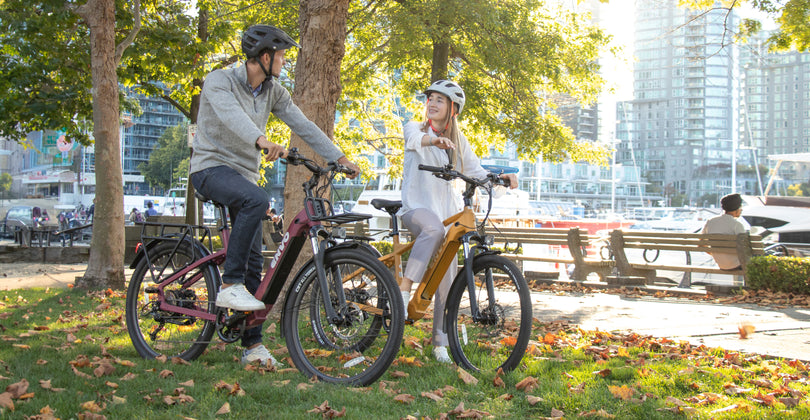
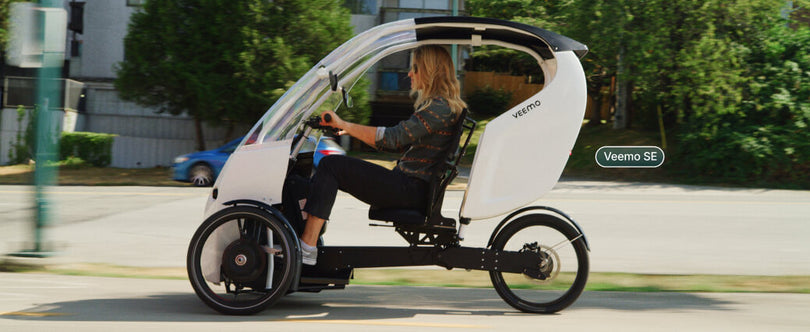


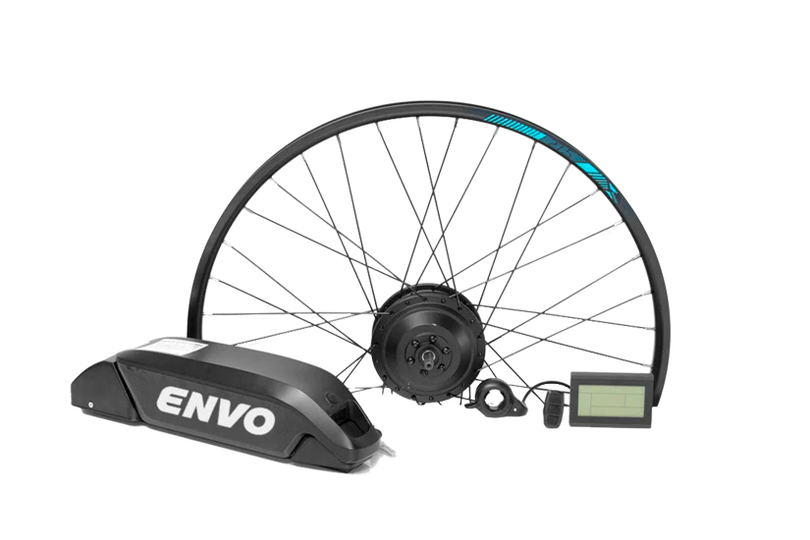
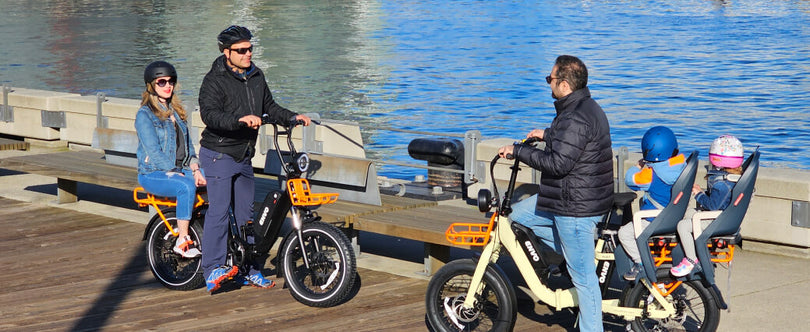


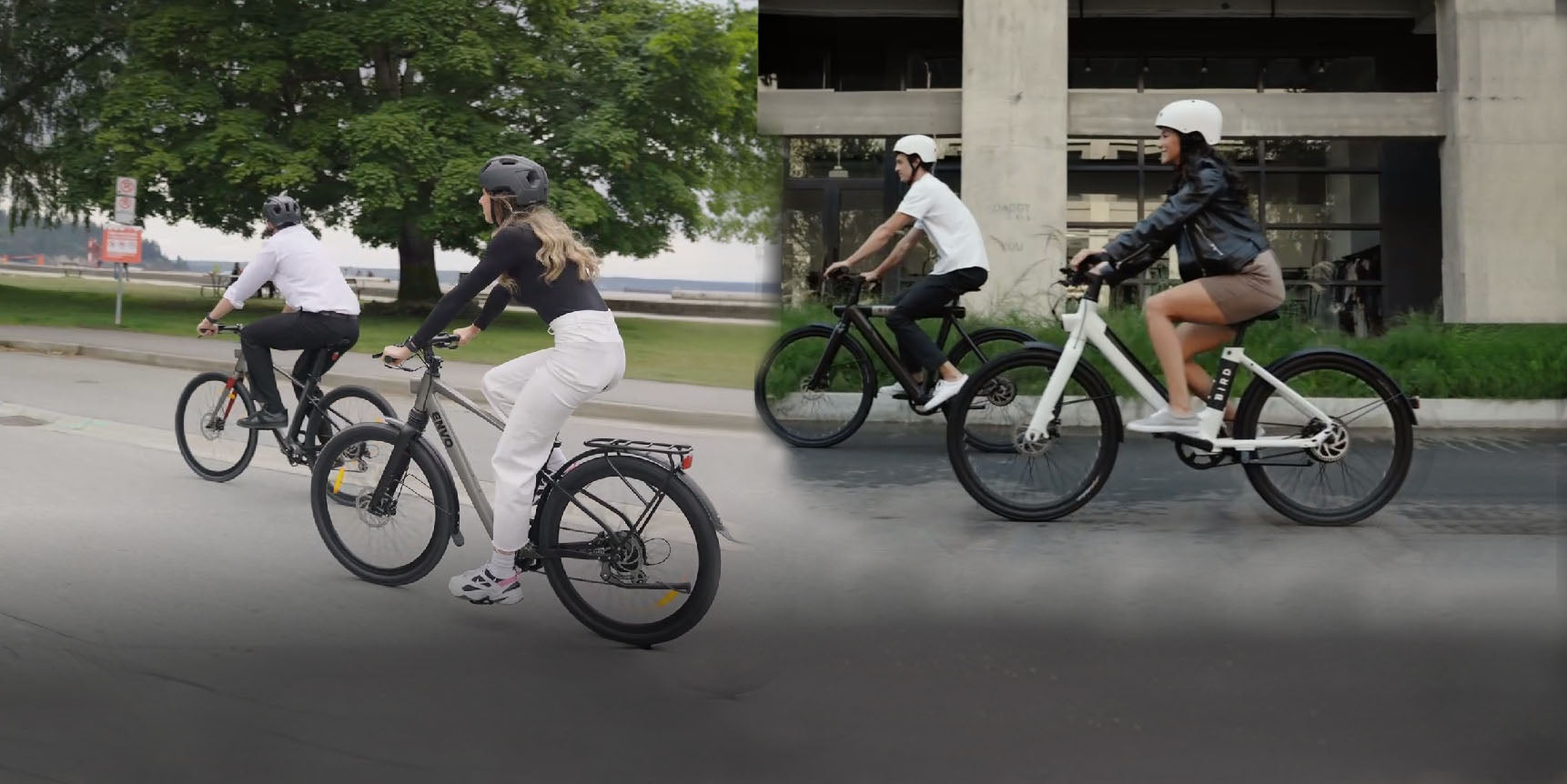
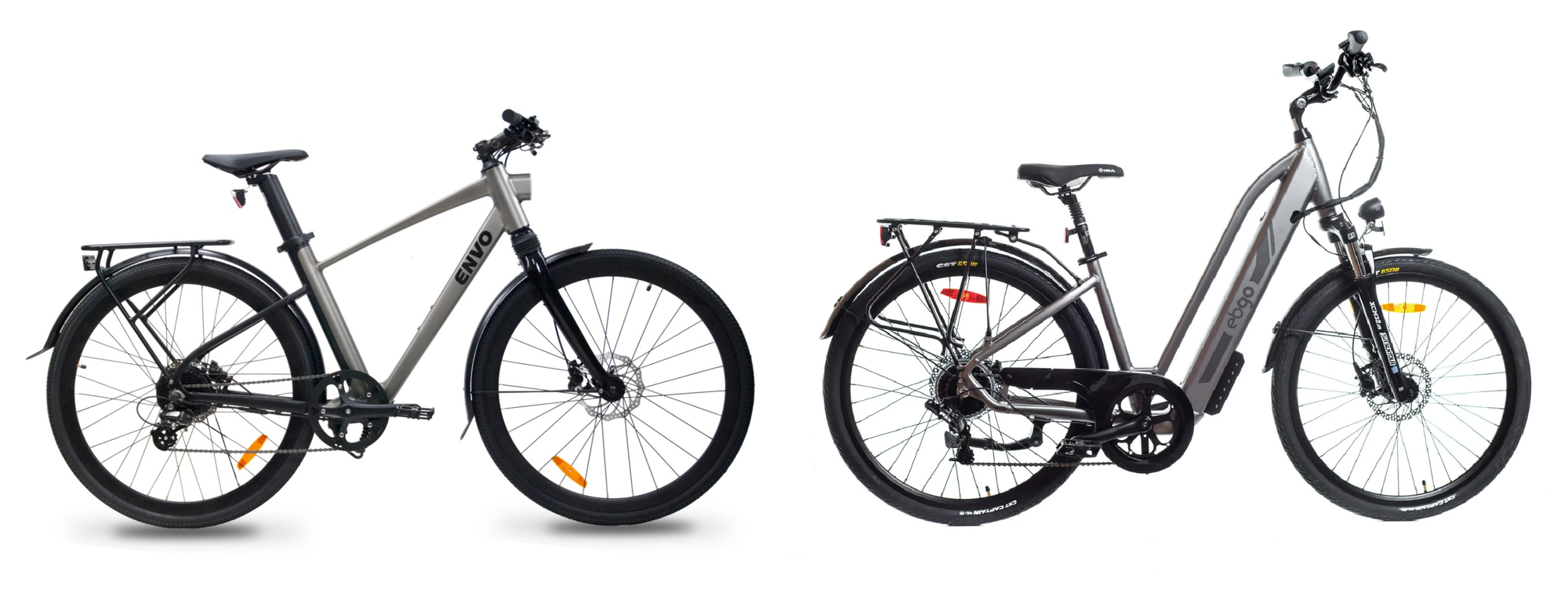
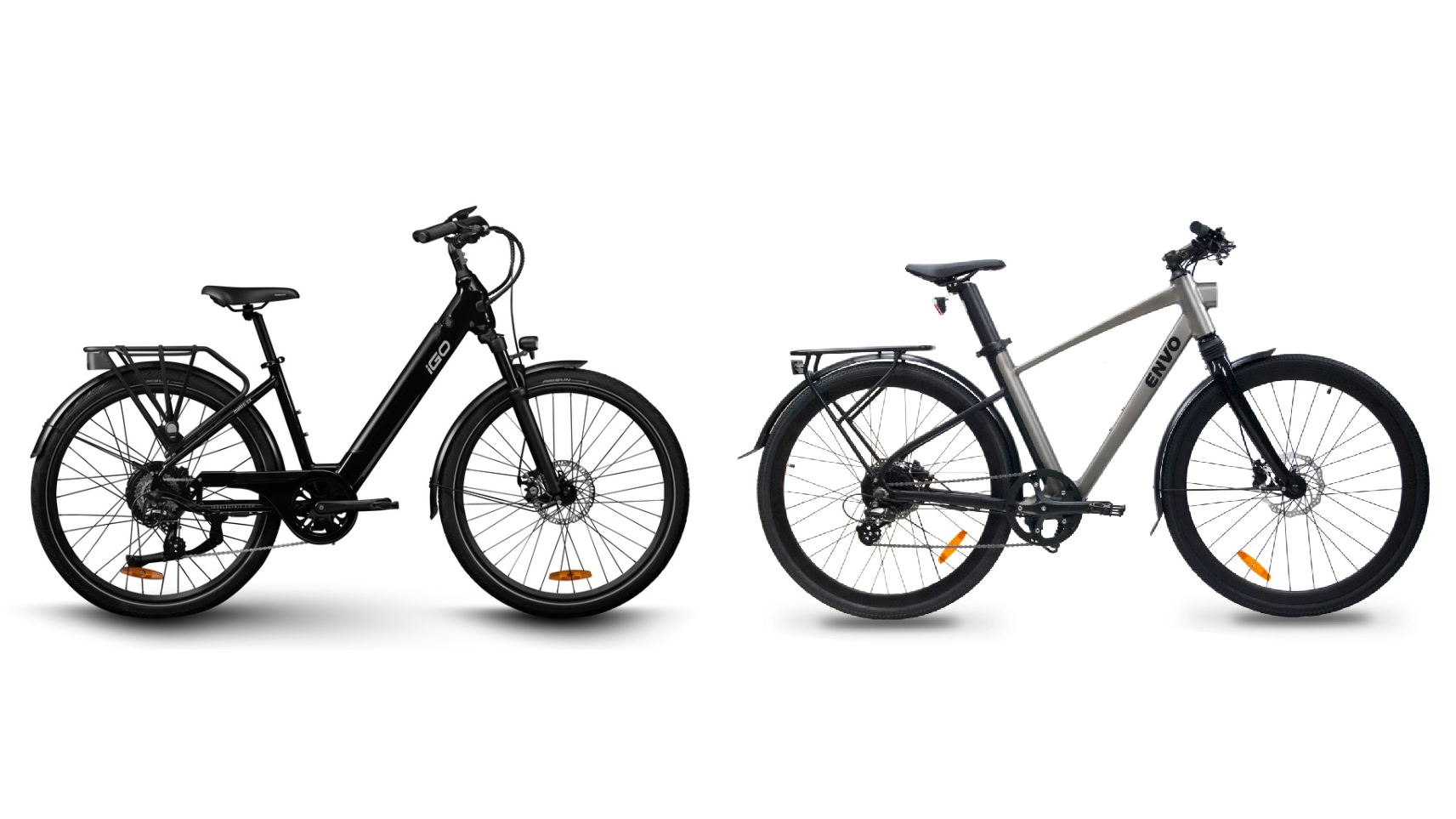

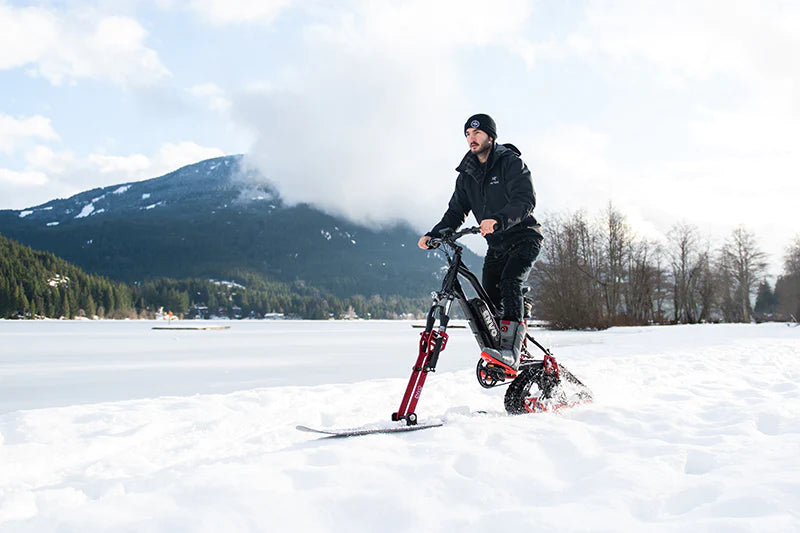

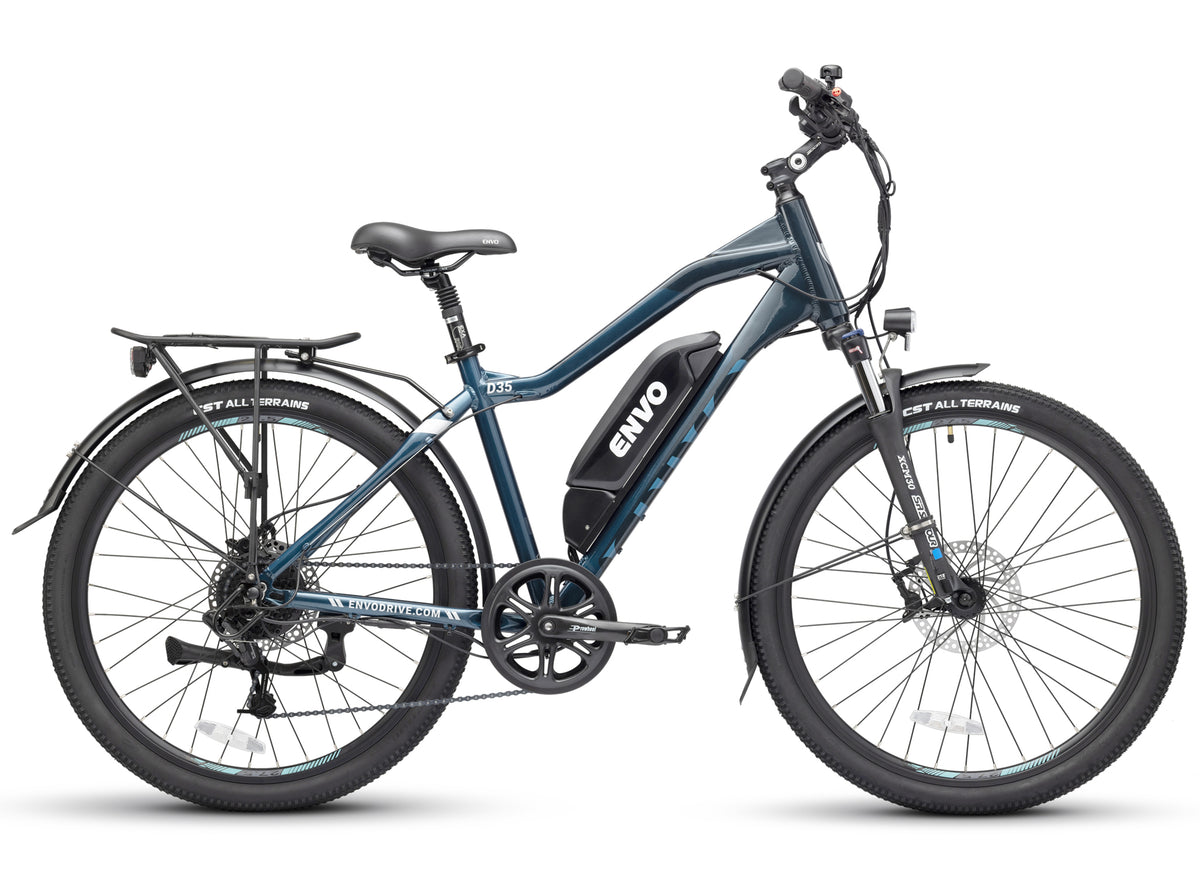
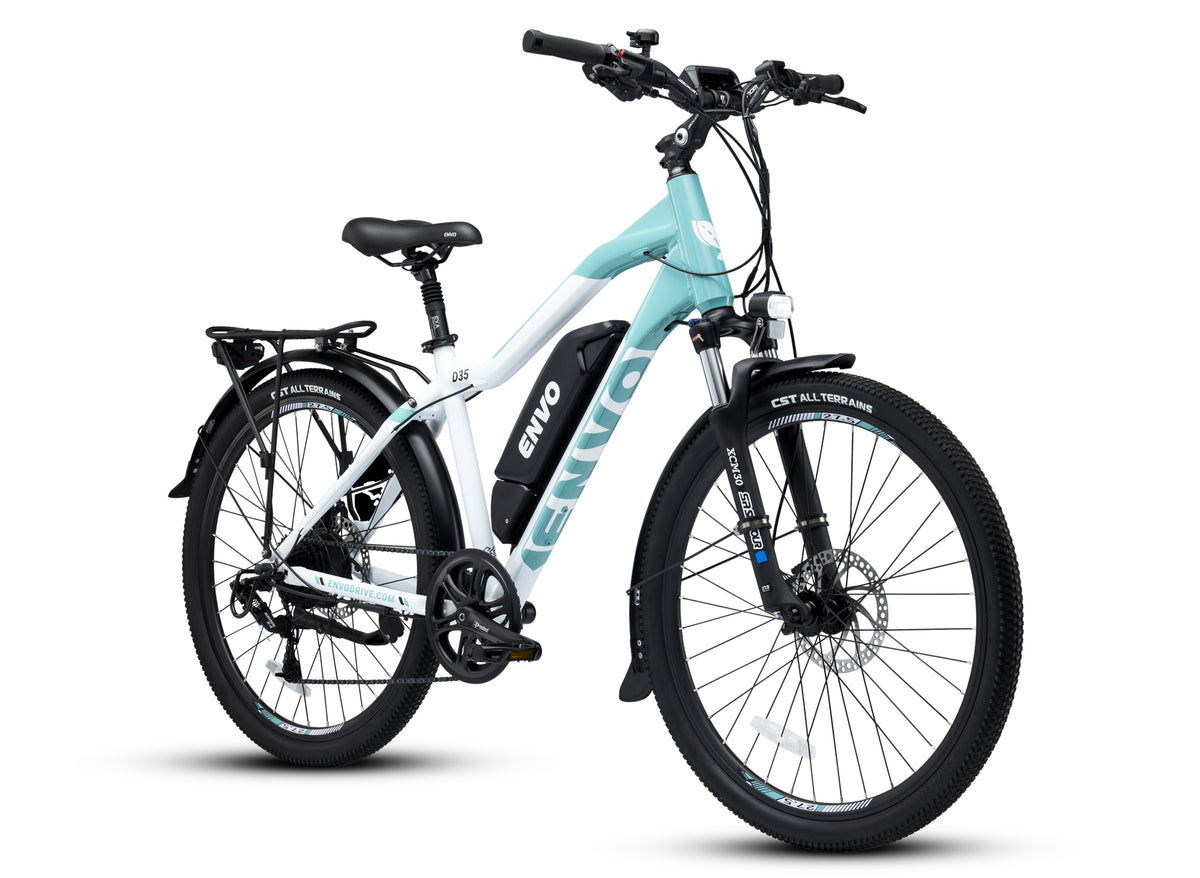
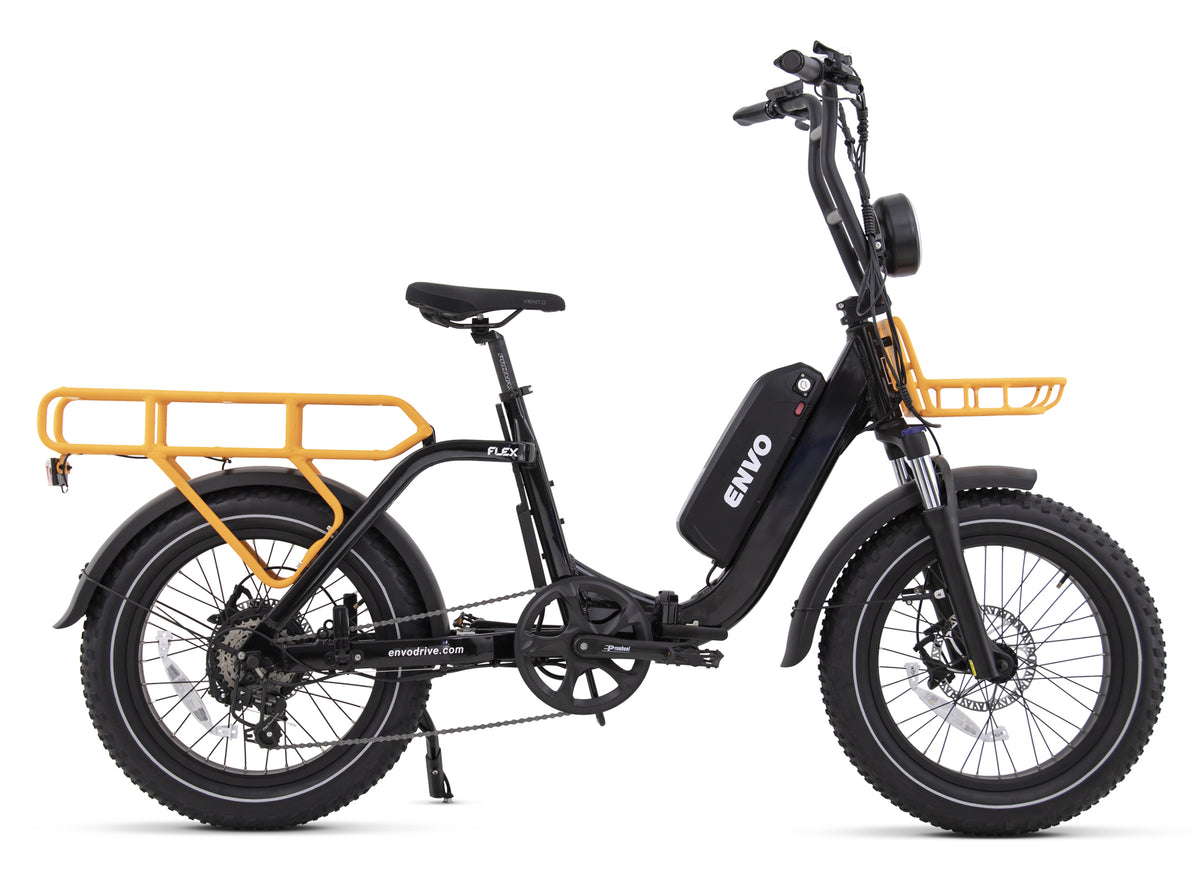

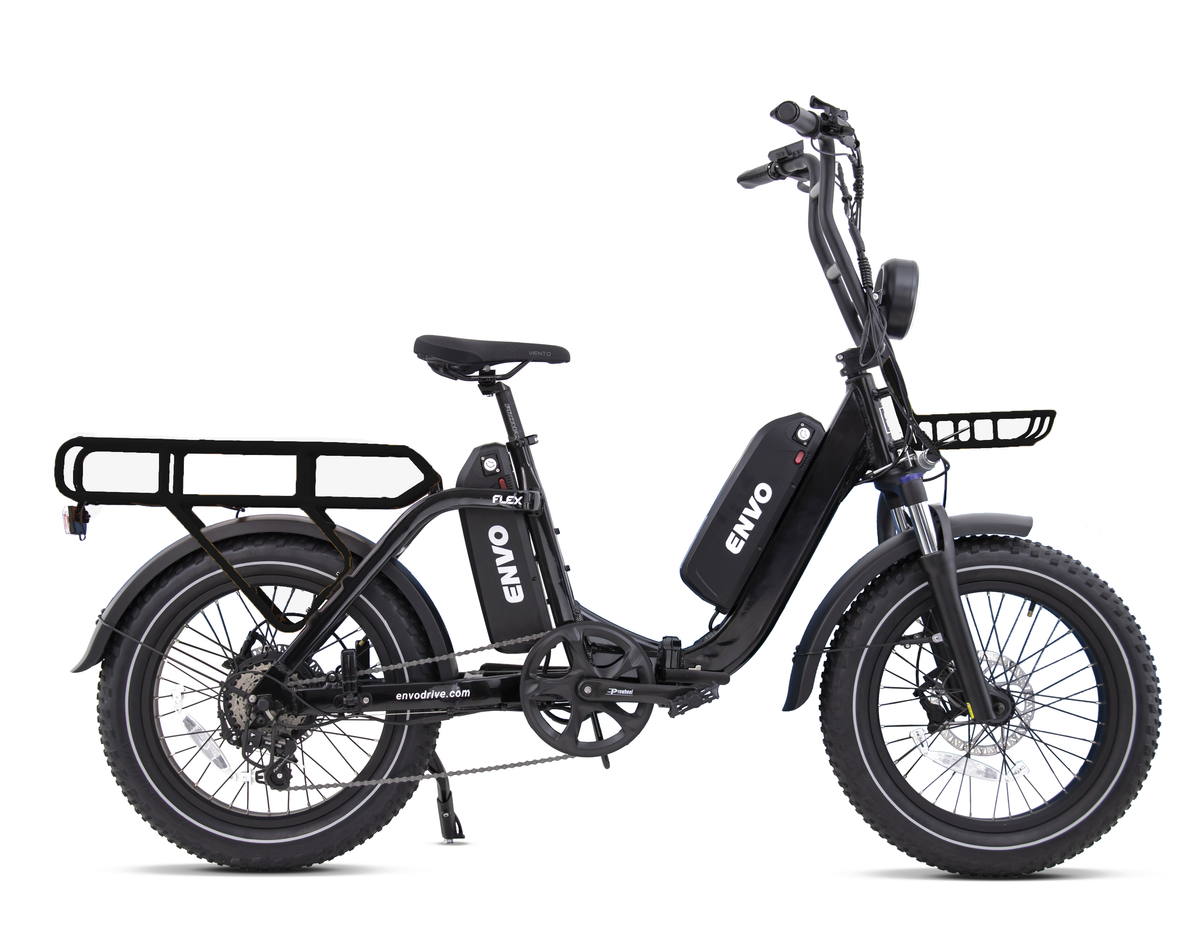


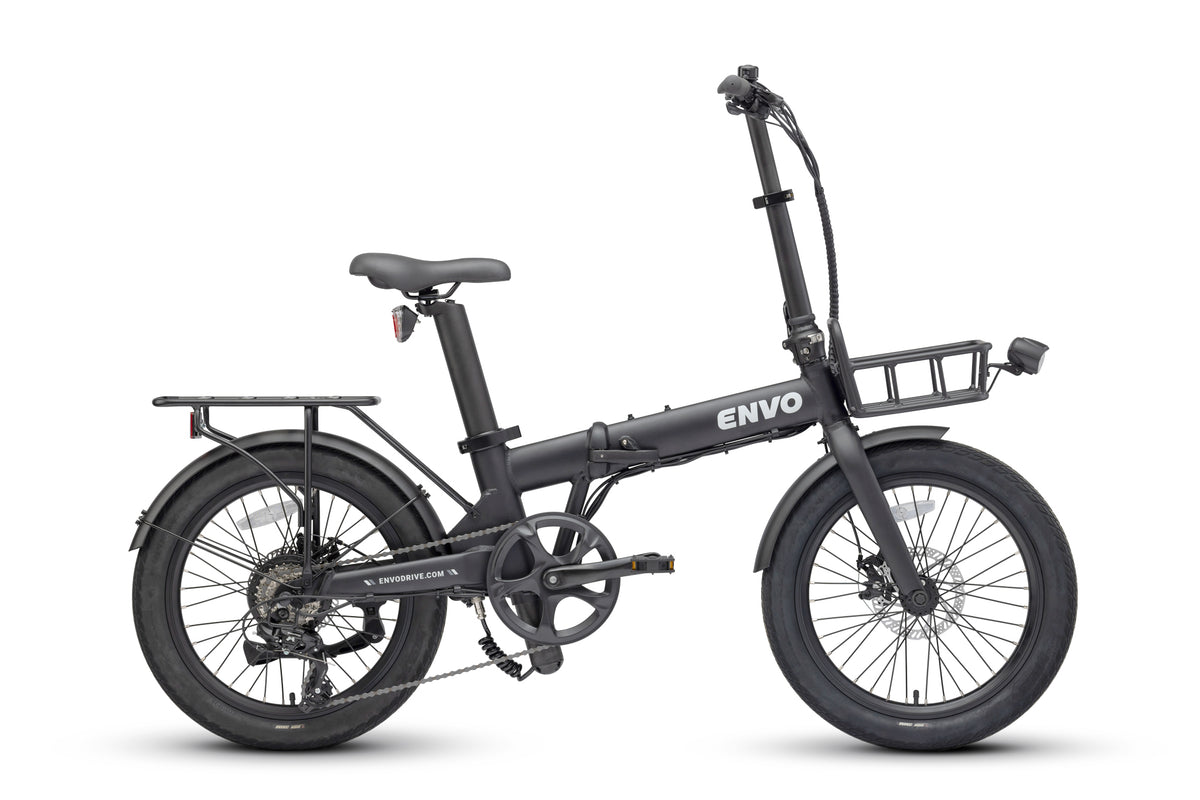

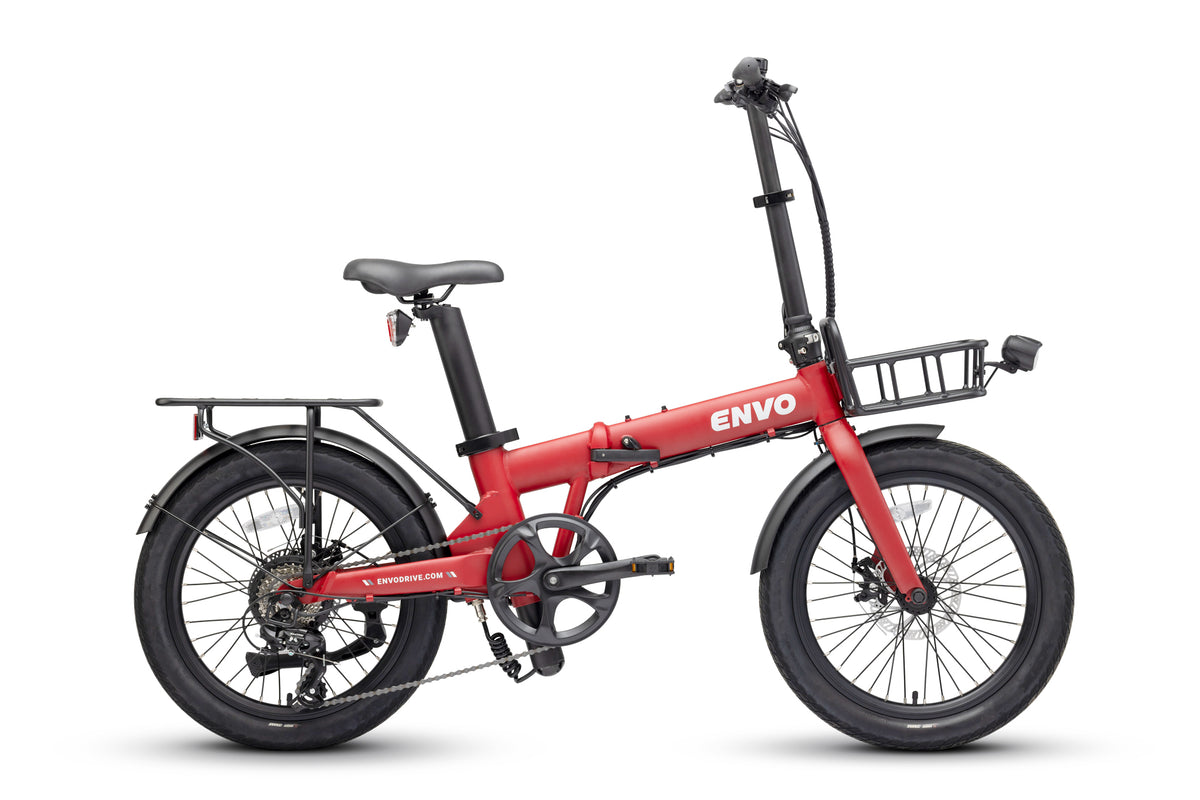
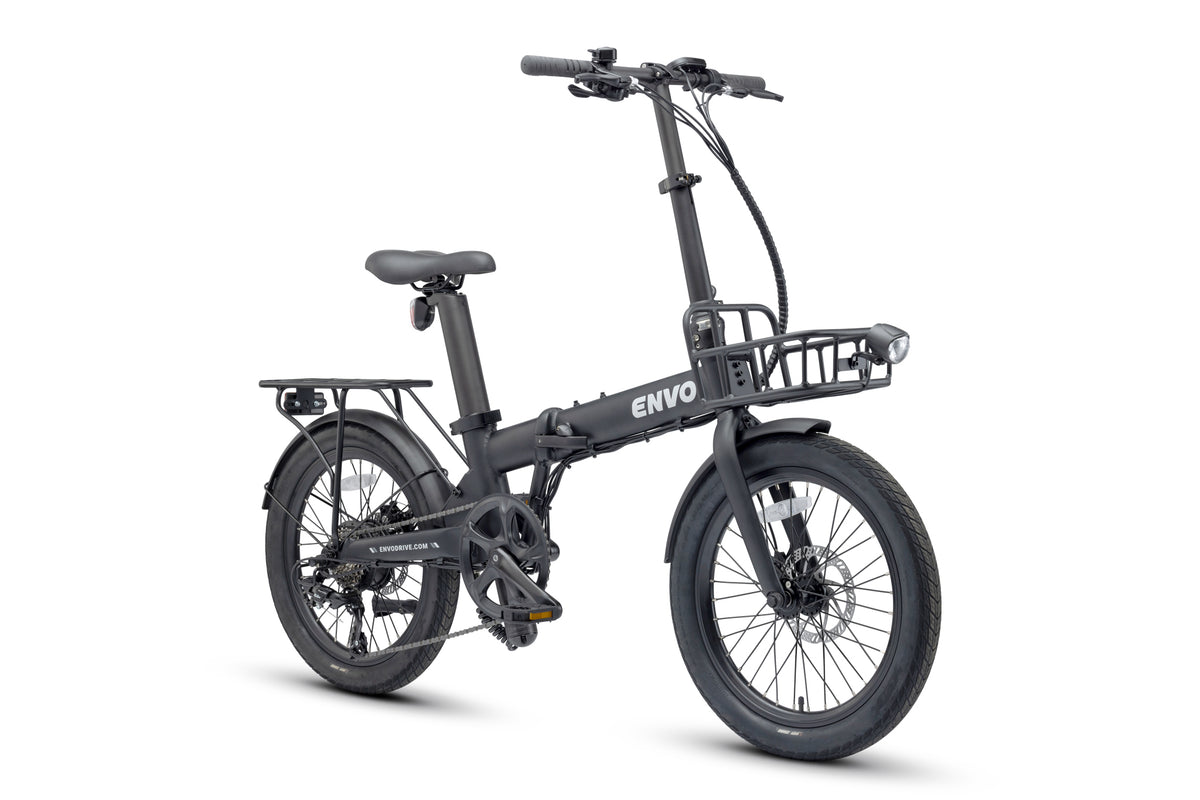
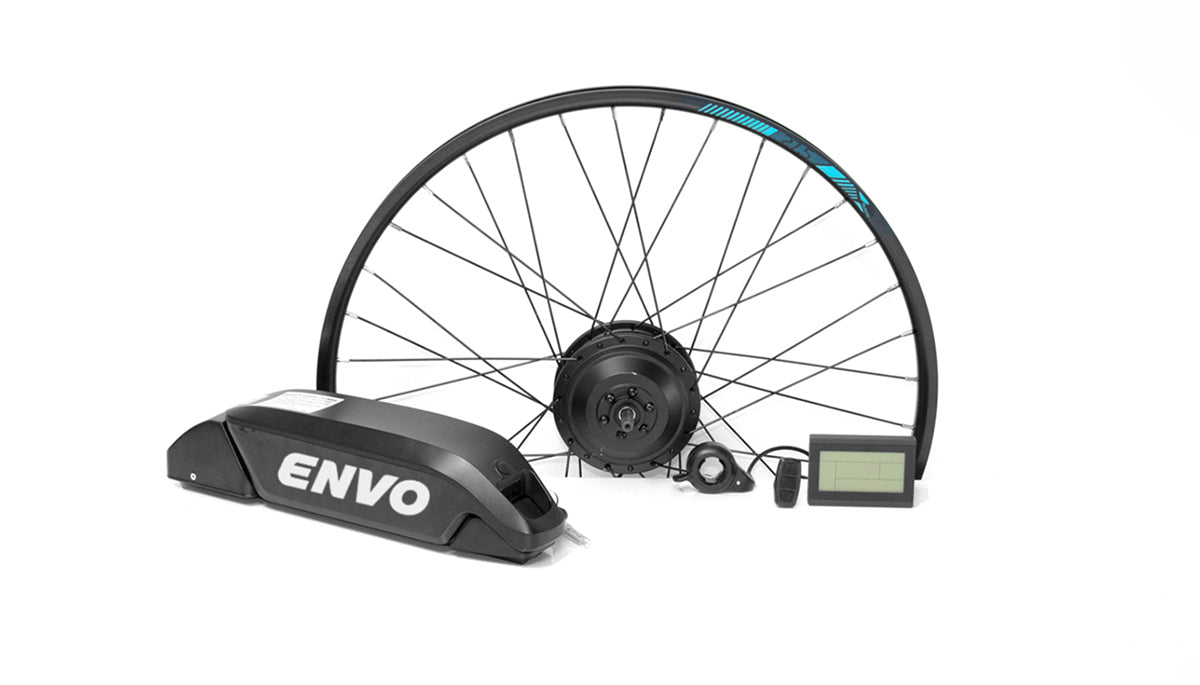


1 comment
Ghislaine Chartrand
Est ce que une batterie de 17 ampères peut faire 105 kilomètres
Est ce que une batterie de 17 ampères peut faire 105 kilomètres